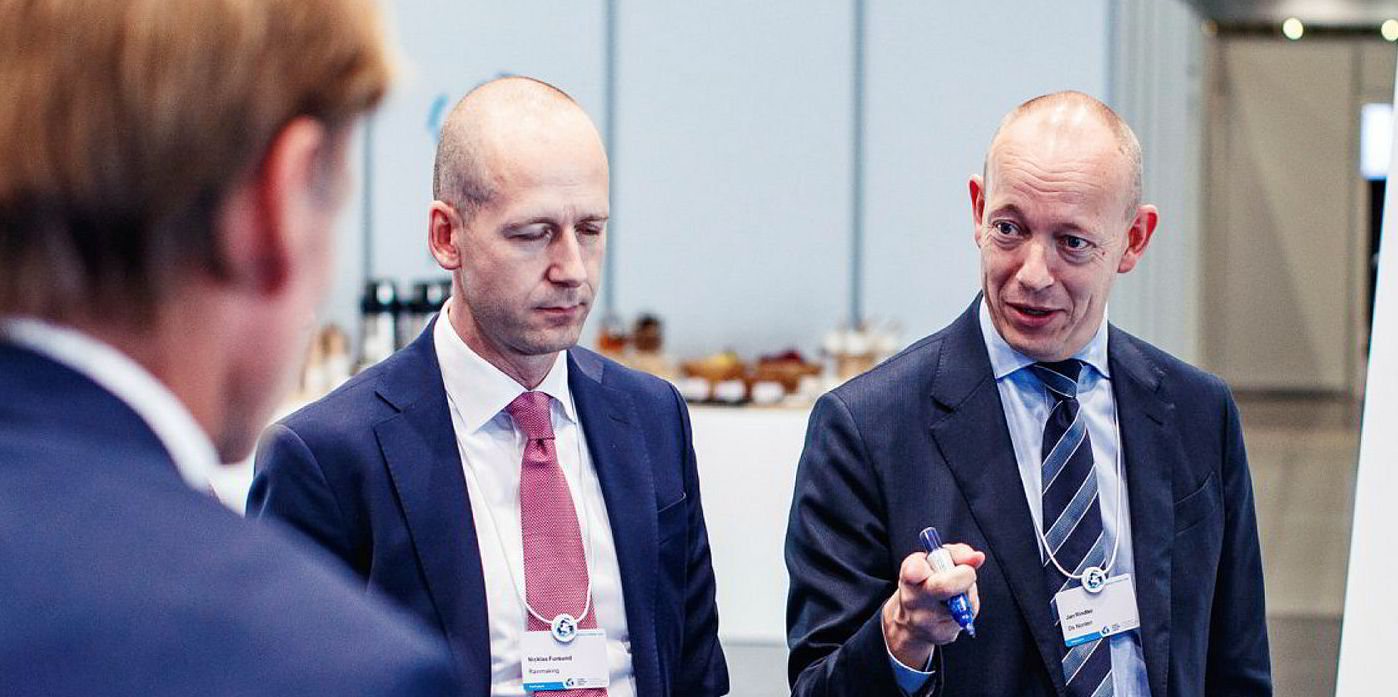Norden is open to locking in additional time charter coverage for its tanker fleet as the shipping market heads towards a “special period".
Copenhagen-listed Norden secured new long-term deals on four product tankers in the second quarter at rates of between $17,000 and $19,000 per day.
At the same time the shipowner’s positive tanker outlook was sufficient to hold its full-year forecasts in place despite reduced expectations from its Dry Operator business.
Jan Rindbo, chief executive of Norden, said there remained good demand from charterers to take tankers on deals of three-years or more and the company could consider entering further profitable contracts.
“We keep an open mind on taking more cover,” he told TradeWinds in a post-results interview today.
“We do expect a rising spot market, so we are not in a hurry to cover our ships.
“But if we see good opportunities, especially for these longer-term deals, then for us it’s a way of balancing our exposure in the longer term.”
The company has an owned fleet of 23 tankers and 36 additional ships on charters of between one and five years.
Norden booked an adjusted loss of $12m for the quarter, against a gain of $4m at the same stage a year ago.
However, it maintained its guidance for a profit of $25m to $60m profit in 2019.
“We think the overall macroeconomic signals are quite weak,” Rindbo told TradeWinds.
“But I think we are moving into quite a special period where, because of IMO 2020, you will have more ships out of service.”
He explained that typically around 1% of the tanker and bulker fleets would be in dry-dock.
However, right now the figure for both segments stands at around 2.5% given scrubber fitting ahead of IMO 2020.
“We think that number is only going to go up in the coming months and in markets that are quite finely balanced with both supply and demand growth at 2 to 3%,” Rindbo said.
“This is quite a significant swing factor in the market. That can contribute to a stronger market both in dry cargo and in tankers, despite the relatively weak macroeconomic indicators.”






